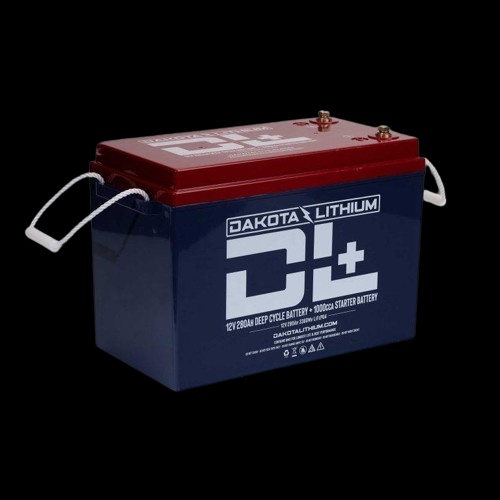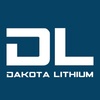When your boat becomes your home away from home, reliable energy is paramount. And that starts with your battery. Among the many choices, lithium and flooded lead-acid batteries dominate the marine market, each with its own set of advantages and drawbacks. But where they honestly differ is in charging speed – a crucial factor for avid boaters who value time spent exploring, not charging.
So, how much faster do lithium marine batteries charge compared to their flooded lead-acid counterparts? On average, lithium batteries can be fully charged in 2-3 hours, while flooded lead-acid batteries can take anywhere from 8-16 hours. That's a significant difference, and it translates to more time enjoying the open water and less time tethered to shore power.
But before diving deep into the specifics, let's take a quick look at the underlying technology:
Flooded Lead-Acid Batteries
These traditional workhorses have been powering boats for decades. They rely on a chemical reaction between lead plates and sulfuric acid to generate electricity. However, this reaction comes with limitations. Lead-acid batteries can only accept so much charge at once, resulting in slow charging times. Additionally, overcharging or undercharging can damage the battery, further adding to the time spent monitoring and maintaining it.
Lithium Marine Batteries
These newcomers to the marine scene boast a much faster charging rate thanks to their advanced lithium-ion technology. Unlike lead-acid, the lithium battery stores energy by moving lithium ions between electrodes. This process allows for higher charge acceptance rates, translating to lightning-fast charging times. Additionally, lithium batteries have built-in Battery Management Systems (BMS) that prevent overcharging and undercharging, offering peace of mind and increased lifespan.
Now, let's quantify the difference in charging speed:
- Lead-Acid Marine Starting Batteries: These typically require 8-12 hours to reach a full charge, depending on their amp-hour rating and the charger's output.
- Lead-Acid Marine Deep Cycle Batteries: Designed for sustained energy supply, deep cycle batteries take even longer to charge, often needing 12-16 hours.
- Lithium Marine Batteries: Regardless of starting or deep cycle functionality, these can be fully charged in a mere 2-3 hours, thanks to their superior charging acceptance rates.
But it's not just about raw speed. Lithium batteries offer other advantages for boaters:
- Lighter Weight: Lithium batteries can weigh up to 70% less than their lead-acid counterparts, significantly improving boat performance and fuel efficiency.
- Longer Lifespan: Lithium batteries can last 3-5 times longer than lead-acid batteries, reducing replacements and maintenance costs.
- Maintenance-Free: Lithium batteries require no topping up of fluids or equalization charges, saving you time and hassle.
- More comprehensive Operating Temperature Range: Lithium batteries perform well in extreme temperatures, unlike lead-acid batteries that can suffer reduced performance or damage in hot or cold climates.
Of course, no technology is perfect. Lithium batteries come with a higher initial cost compared to lead-acid. However, their longer lifespan and reduced maintenance often offset this difference in the long run. Additionally, lithium batteries require compatible chargers, but these are becoming increasingly widely available.
Conclusion
The difference in charging speed between lithium and flooded lead-acid marine batteries is undeniable. If you value maximizing your time on the water and minimizing shore power dependency, lithium batteries are a clear winner. Their faster charging, lighter weight, longer lifespan, and minimal maintenance make them a worthwhile investment for severe boaters who demand the best from their onboard power source. So, weigh the pros and cons, consider your needs, and prepare to experience a whole new level of boating freedom with the exhilarating speed of lithium marine battery power.
Bonus Tip
When comparing lithium marine batteries, pay attention to the charging C-rate, which indicates the maximum recommended charging current relative to the battery's capacity. A higher C-rate means faster charging, but it's essential to choose a charger compatible with the battery's C-rate for optimal performance and safety.
Happy boating!


No comments yet